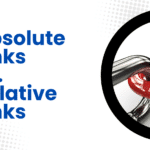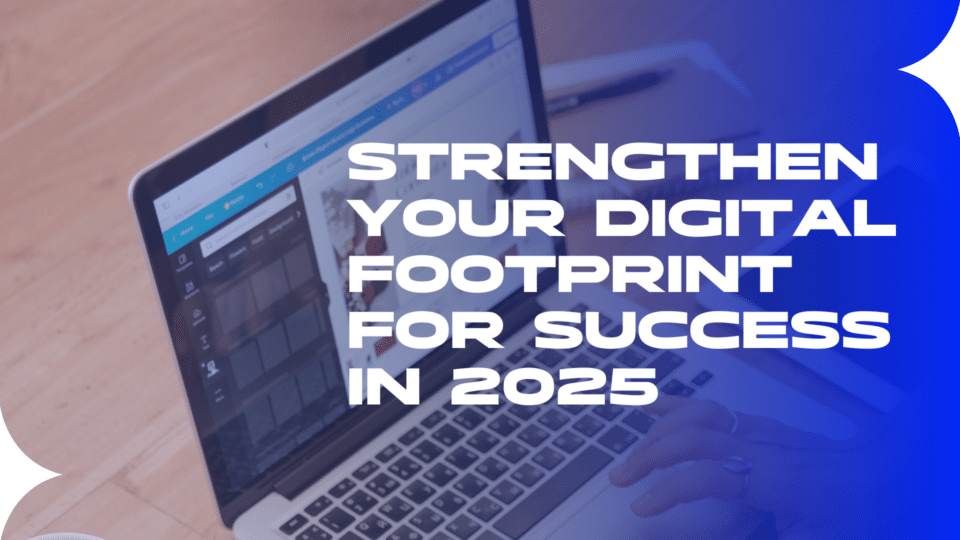
Incorporation of Company Branding and SEO
August 4, 2021
Absolute Links vs. Relative Links – SEO Value
August 4, 2021Strategic Use of Images in Search Engine Optimization
To improve SEO, images should have descriptive file names. It’s a great place to insert marketing messages.
When assessing page structure and layout, there is a subtle yet strategic way to use images in a search engine optimization-friendly manner (beyond ALT tags) that improves your search rank while allowing you to integrate the necessary marketing message(s). Confused?
Marketing Messages
Suppose you operate a travel site and you want to optimize a given page for the term “Las Vegas hotel”. Suppose that you also want to include an enticing marketing message such as, “Book now and save 20%!” The aforementioned tagline lacks descriptive text but possesses persuasive characteristics. That being said, you may want to place the tagline in an image and the key phrase (i.e. Las Vegas hotel) in a header tag. This emphasizes the desired term yet still provides a marketing opportunity without compromising keyword consistency.
In other words, images are a great place to insert marketing messages that lack the necessary keywords and phrases. Leveraging this technique will ensure that descriptive text is indexed while less marketing jargon is overlooked. The combination of keyword-rich content and enticing messaging will satisfy both sides of the strategic equation.
Using Images
In addition to using ALT tags to describe images for accessibility and search engines, you can use images in a way that enhances your search engine optimization (SEO) efforts. This includes:
- Use descriptive file names for images, as well as descriptive ALT tags that include keywords related to your page content.
- Compressing images to reduce file size can help improve page load times and thus improve your website’s search engine ranking.
- Placing images near relevant text and using descriptive captions to explain the context of the image. This can help search engines understand the relationship between the image and the surrounding content, which can improve your page’s relevance and search ranking.
- Integrating images into your page layout in a way that reinforces your marketing message while also making your page visually appealing and easy to navigate. This can help keep visitors engaged with your content, which can, in turn, help improve your search engine ranking over time.
Mastering Image Optimization for Search Success
Image optimization is a critical facet of SEO that extends far beyond the realms of mere ALT tags. Selecting the right images is pivotal; it’s not just about aesthetic appeal but relevance and context, which search engines scrutinize closely. An image that aligns with the textual content enhances the page’s thematic message, bolstering its search relevance. Conversely, irrelevant imagery can dilute the keyword focus, potentially confusing search algorithms and diminishing the page’s SEO potential.
Furthermore, the impact of images on SEO is twofold. Optimized images speed up page loading times, improving user experience and boosting SEO. On the flip side, heavy, unoptimized images slow down your website, adversely affecting your search engine rankings due to poor user experience metrics. Google has made it clear that page load speed is a ranking factor, and images often constitute the bulk of a page’s size.
To ensure images are not overlooked by search engines, image sitemaps can be employed. While traditional sitemaps guide crawlers through text-based content, image sitemaps are specifically tailored for images. They provide search engines with more details about the images on your site, facilitating the discovery, indexing, and subsequent ranking of your visual content.
By including additional information in your image sitemaps, such as geolocation, image type, and subject matter, you significantly enhance the likelihood of your images appearing in search results, thereby driving more traffic to your site. Hence, a well-structured image sitemap is an indispensable tool in the SEO arsenal, ensuring that your valuable visual content is fully accessible to search engines.
More on SEO
By Bryan Acosta
**Updated November 2023




